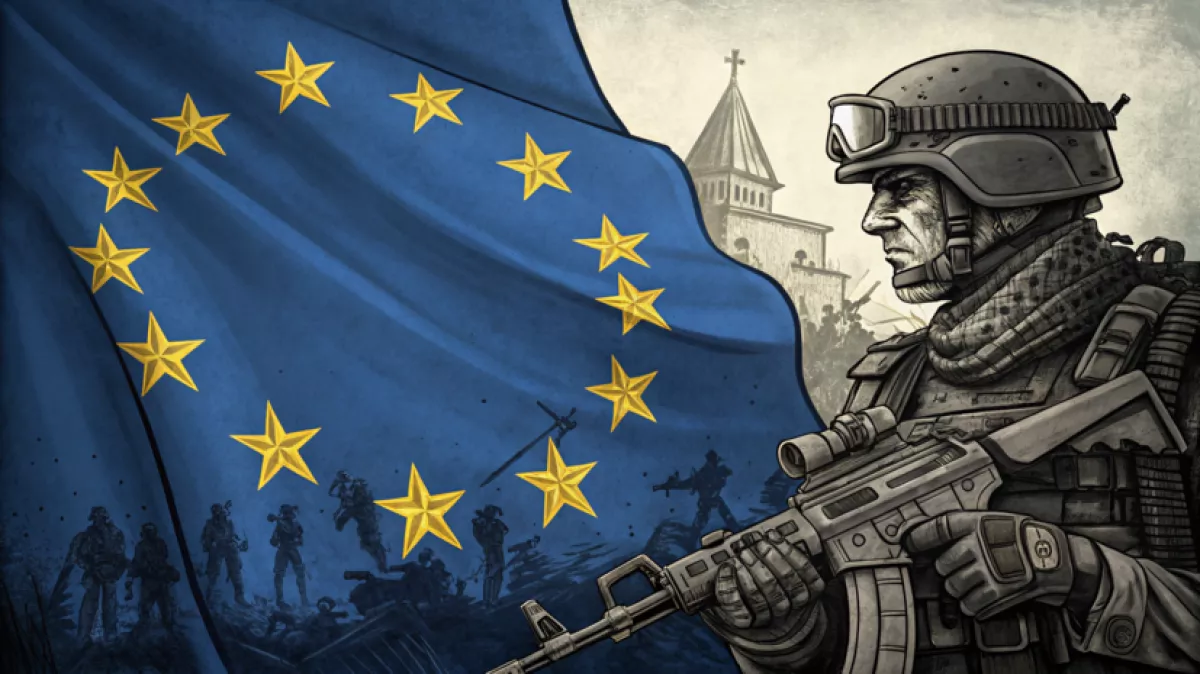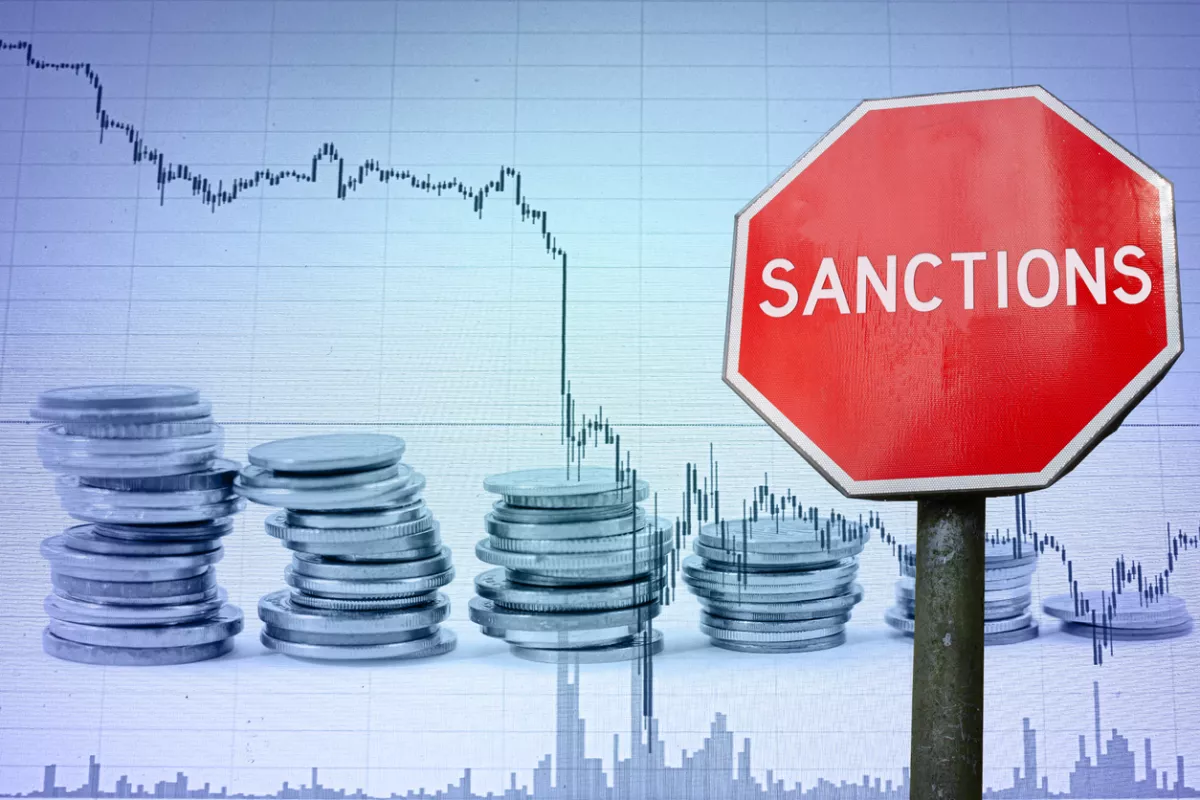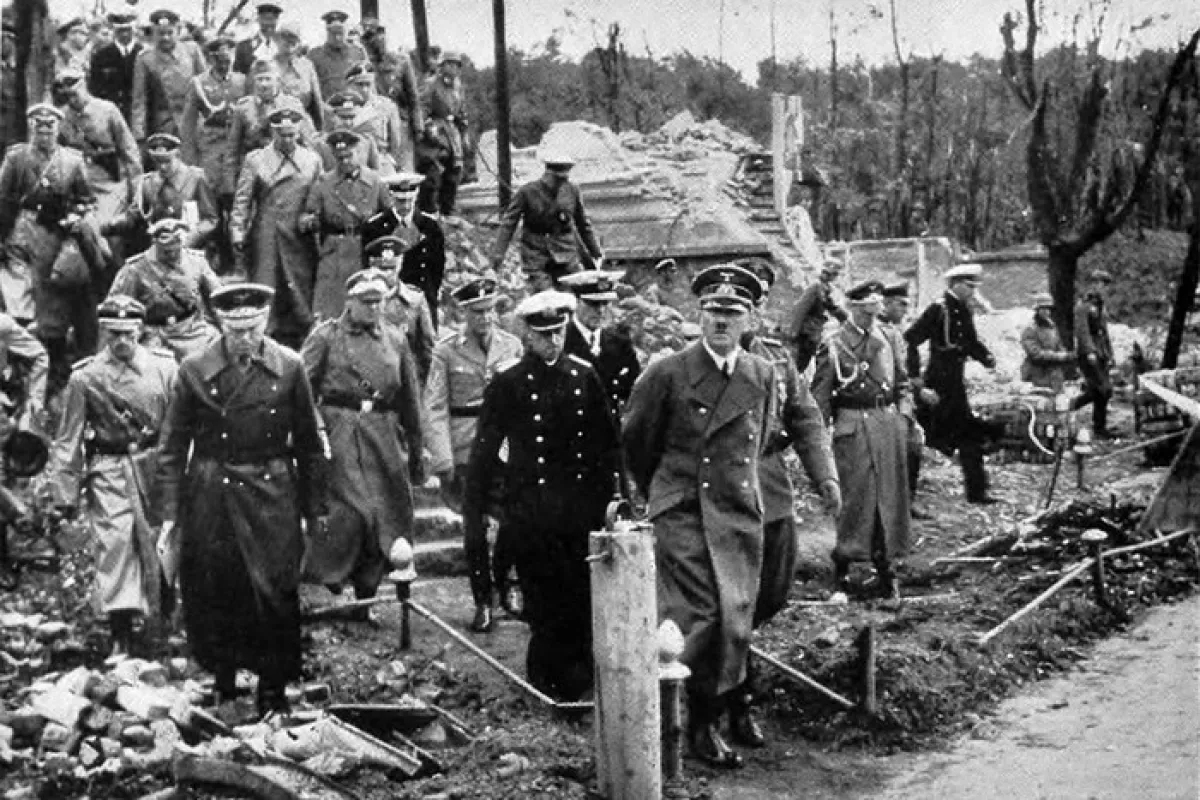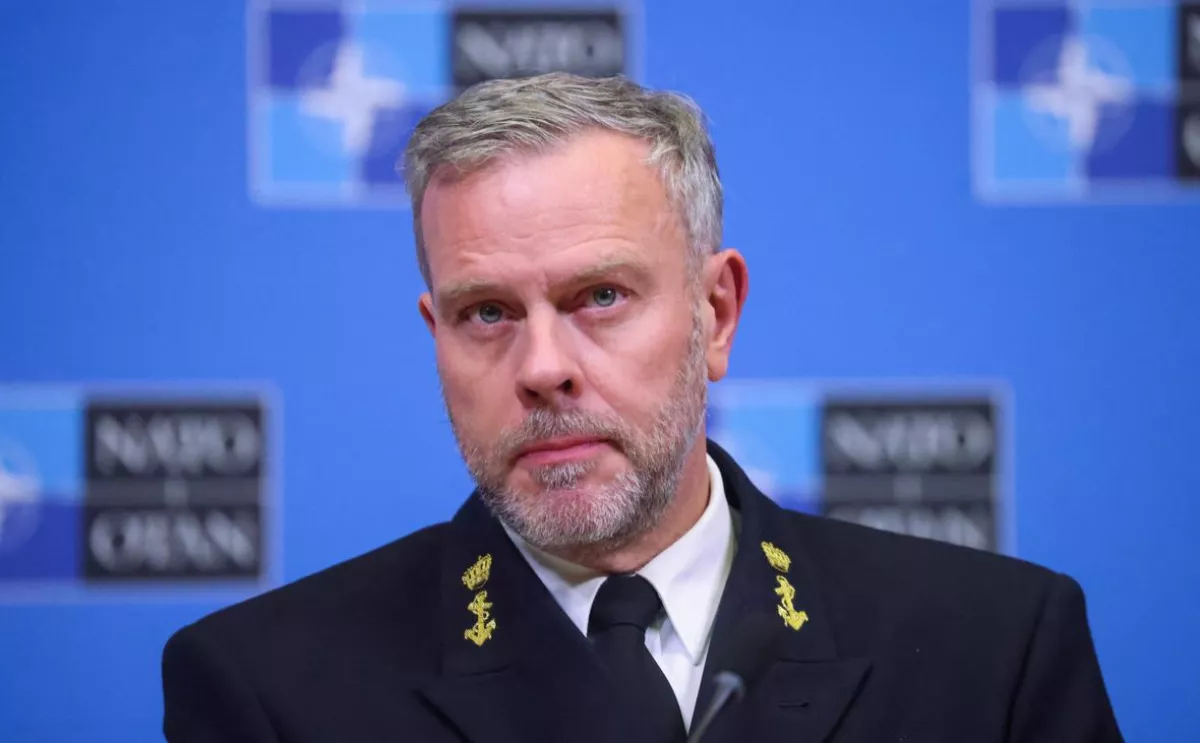A gun on Europe’s stage SAFE and ReArm Europe
The ambassadors of EU member states have approved the “Security Action for Europe” (SAFE) credit programme, totalling €150 billion. This information appeared earlier this week on the website of the Polish Permanent Representation to the EU Council.
Part of these funds will come from the national budgets of EU countries, while the rest will be raised through a joint European loan. Observers note that this marks the first time the European Commission will have access to such a vast sum of money to allocate at its own discretion.

Europe’s military ambitions do not stop there. In Brussels, a “White Paper” — the ReArm Europe / “Readiness 2030” plan — has been developed, outlining an allocation of as much as $800 billion for the remilitarisation of Europe. The aforementioned SAFE programme is already an integral part of this broader initiative.
European countries will now be able to increase defence spending by diverting funds that were previously earmarked for social services and infrastructure development.
Statistics from the Stockholm International Peace Research Institute (SIPRI) show that the EU’s military spending has been steadily increasing since the 2000s. All signs point to a transition toward a “war economy.”
In 2023, global military expenditure reached a new record of $2.443 trillion, with Central and Western Europe accounting for $407 billion — a 43% increase compared to 2014.
Numerous arms control agreements are also becoming a thing of the past. The Baltic States, Finland, and Poland recently announced their withdrawal from the Ottawa Treaty banning anti-personnel mines, while Lithuania has also exited the Convention on Cluster Munitions (CCM).

The primary justification offered by proponents of rearmament is the war in Ukraine and the “Russian threat.” However, there is reason to believe that by ramping up military spending, Brussels is seeking to pull the European economy — currently in deep decline — out of crisis.
On 20 May 2025, the British magazine The Spectator published an article stating that the European Union has entered a period of deep economic decline, comparable to a "deathbed condition." According to the publication, since the year 2000, Europe’s share of global industrial output has fallen from 22.5% to 14%. The EU’s share of global steel production has nearly halved — from 7% to 4%. Meanwhile, the number of cars manufactured in the European bloc has dropped from 18.7 million to 14 million units.
Ironically, Europeans have only themselves to blame for this state of affairs. By cutting off access to cheap Russian energy resources after 2022, European industry has become uncompetitive on global markets.

Europe’s sanctions policy has also backfired. Today, the EU has imposed sanctions on Russia, China, Iran, Cuba, North Korea, Venezuela, and many other countries — a move that significantly limits opportunities for European businesses. As Russian expert Maksim Chirikov notes: “There is a serious loss of competitiveness across several sectors of European industry, due first to the declining ability of states to offer support, simply because there’s less money available. And second, because everything in Europe is becoming more expensive — especially production inputs: various types of raw materials, fuel, and energy. The European Union is turning into a depressed region for many years, if not decades, as a result of this self-destructive sanctions policy.”
In this context, Europe’s political elites appear to have chosen to emulate the legendary Baron Münchhausen — attempting to pull themselves out of the economic mire by the hair, through increased military spending.
This policy, known as “military Keynesianism,” was first demonstrated in the United States at the turn of the 1930s and 1940s. Despite some successes of Roosevelt’s New Deal — such as the accumulation of gold reserves and the development of energy and transport infrastructure — the American economy remained mired in a deep crisis during those years. In 1937, conditions deteriorated once again to the point where economists began warning of a new wave of the Great Depression and the potential collapse of the U.S. economy in the early 1940s.
At that critical moment, the Roosevelt administration adopted a course of sharply increasing military spending. Between 1934 and 1938, the U.S. Army’s budget doubled. Labour armies were formed from the ranks of the unemployed, the aviation and shipbuilding sectors were nationalised, and new state-owned enterprises were established to support the defence industry.

Around $20 billion (in early 1940s value) was invested in the development of military production in the United States — and every cent of it paid off. In 1939, war broke out in Europe, and American companies were flooded with defence contracts, both to supply the Allies and to meet the needs of the U.S. military itself.
By 1941, unemployment in the country had vanished; in fact, labour shortages began to emerge. Industry operated at full capacity, scientific progress accelerated, and by the end of World War II, the United States had vastly expanded its economic power and widened the gap between itself and other world powers.
It appears that Europe’s new experiment in military Keynesianism is already bearing fruit. The number of people employed in the EU defence sector continues to grow. In 2023, approximately 581,000 people were working in defence-related roles across the European Union — about 15% more than in 2021.
For EU corporations struggling against China’s industrial dominance and U.S. protectionism, militarisation is proving to be a vital lifeline. For example, Volkswagen recently announced its readiness to return to producing military equipment — once a core activity of the company during the Third Reich era.

At the forefront of the sweeping shift from neoliberal austerity to wartime Keynesianism stands the German elite. Their strategy can be summed up in the words of Dutch admiral Rob Bauer: “While it may be the military who wins battles, it's the economies that win wars.”
However, the idea of rearming Europe is not without its critics. The European Network Against Arms Trade has published a report warning that a militarised vision of European security and defence has recently taken shape — one focused on national security and placing the state above people, the environment, and future generations.
According to Jordi Calvo, one of the report’s authors, EU militarisation is likely to degrade European diplomacy and complicate efforts to build constructive relations with neighbouring countries.
Pacifists argue that Europe should develop alternative models of security based on the creation of political, social, and economic conditions that ensure lasting peace. These include strengthening the size and professionalism of the European diplomatic corps, converting military industries to civilian use, resolving rather than inflaming conflicts in neighbouring countries, and prioritising the protection of citizens’ welfare over global ambitions.
Opponents of militarisation largely rely on moral arguments, whereas their counterparts are driven primarily by the economic needs of European states.
The problem, however, is that by setting their economies on the path of militarisation, Europeans are inevitably placing a “gun on the stage” — and as the famous dramatic principle suggests, it must eventually go off, with consequences that could prove unpredictable for the entire world, and Europe itself most of all.








